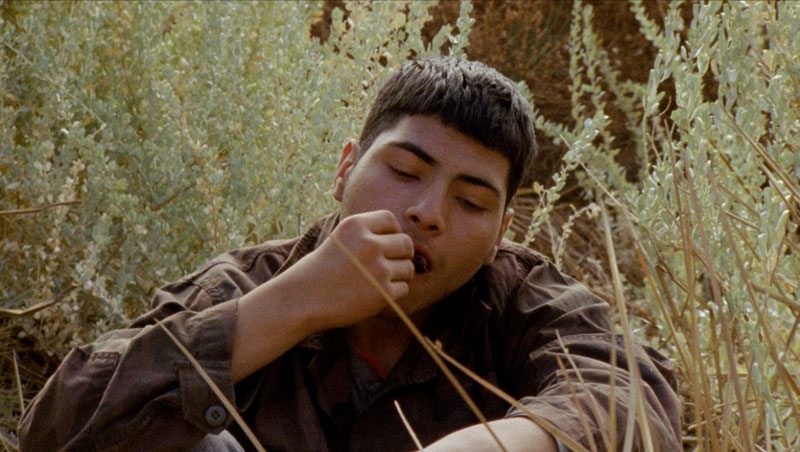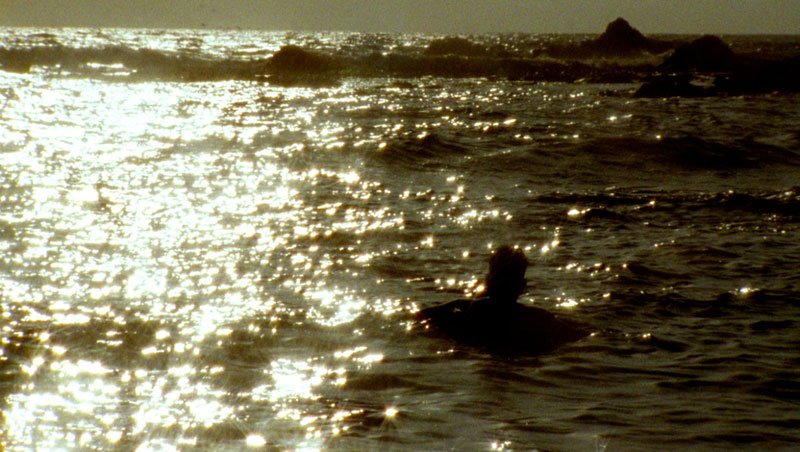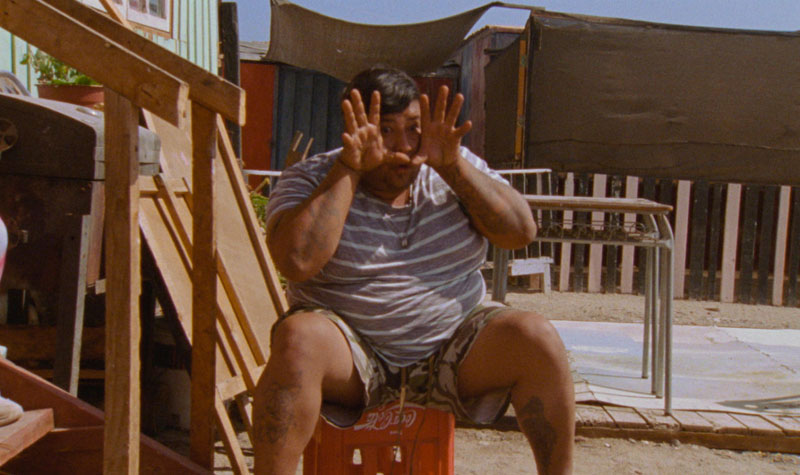Autre Soleil
-
Réalisé par Francisco Rodríguez Teare • Écrit par Francisco Rodríguez Teare
-
Chili, Belgique, France • 2023 • 86 minutes • 16 mm • Couleur
- Réalisation :
Francisco Rodríguez Teare - Écriture :
Francisco Rodríguez Teare - Assistanat de réalisation :
Pascual Mena, Aline Magrez - Image :
Andrés Jordán, Mathieu Gaudet - Son :
Andre Millán, Lancelot Hervé-Mignucci - Montage :
Laura Rius Aran, Léa Chatauret, Francisco Rodríguez Teare - Mixage :
Olivier Guillaume - Étalonnage :
Alexi Van Hennecker - Montage son :
Marion Papinot
- Production (personne) :
Quentin Brayer - Production (structure) :
Don Quichotte Films - Coproduction :
Araucaria Cine, Isabel Orellana Guarello, Michigan Films, Alice Lemaire - Participation :
Centre du Cinéma et de l'Audiovisuel de la Fédération Wallonie-Bruxelles, Consejo Nacional de la Cultura y las Artes, CNC, Tax Shelter du Gouvernement Fédéral de Belgique, Umedia - Ayant droit :
Don Quichotte Films
- N° ISAN :
non renseigné
Résumé
Le film invente, tout en l’investiguant, la légende d’Alberto, voleur international chilien, prisonnier en Europe et assassiné au Chili à 29 ans. Il traverse pour cela deux territoires reliés par l’histoire coloniale : le désert d’Atacama au Chili et le sud de l’Espagne.
"Des vies et leurs histoires sont ensevelies sous les montagnes du désert d’Atacama au Chili. Le cinéaste en dégage une, celle de Camilo Candia, un voleur international chilien qui aurait dérobé des biens antiques dans la Cathédrale de Cadix en Espagne. Le film tente de retrouver sa trace sur les rivages qui bordent et clôturent le désert. Une collecte d’histoires démarre alors pour que le cinéaste bricole un récit, jouant de la frontière entre mythe et vérité, frontière accessible à la traversée facile. En écho aux chercheurs d’or de la région, il cherche une histoire et prend des bouts d’autres histoires pour réparer les dysfonctionnements du récit qu’il entreprend et pour résoudre le manque de traces. Le film nous balade dans un labyrinthe où on ne sait jamais déjouer le vrai du faux. Pourtant, le récit avance comme une enquête bancale et sérieuse à la fois. Tout le monde est au travail de cette reconstitution boiteuse et complète le système de croyances mis en place par le cinéaste. Chacun peut être tout le monde, les visages et les voix se partagent. On interprète, réinterprète, désincarne ou réincarne. L’or, c’est peut-être les histoires ou c’est peut-être ces gens enfouis dans ces montagnes. Il existe un personnage, un voleur mythique, voleur de toison d’or, enfant de chercheurs d’or.
Entre les variations de lumières des montagnes ou des bosquets qui enserrent la rivière d’où scintillent les pépites, le cinéaste choisit autant de teintes qu’il y a de facettes aux récits. Les scintillements ouvrent autant qu’ils brouillent les pistes et aveuglent les bandits et les bonimenteurs comme les chercheurs et les chercheuses de vérité."
(Clémence Arrivé - Cinéma du réel)
The film invents, while investigating, the legend of Alberto, a Chilean international thief, made prisoner in Europe and murdered in Chile at the age of 29. To do so, it crosses two territories, linked by a colonial history: the Atacama Desert in Chile and southern Spain.
"Among the lives and life stories buried under the mountains of the Atacama Desert, in Chile, the filmmaker digs up the story of Camilo Candia, a world-class Chilean thief suspected of stealing ancient artifacts from the Cadiz cathedral in Spain. As the film sets out to track him down along the beaches and riverbanks that run along the desert and contain it, the filmmaker goes around collecting stories, trying to patch together a narrative. He playfully skirts the border between myth and reality, a thin line he easily crosses. Calling to mind the local gold-diggers, he prospects for a story and pieces one together with scraps from others’, using them to patch up the gaps in the tale he is weaving and to make up for a lack of leads. The film throws us into a maze where there is no telling true from false. Still, the story unfolds like a wobbly and yet serious investigation. Everyone is asked to take part in this makeshift reconstruction and ends up supplementing the belief system built by the filmmaker. Everyone can be anyone, voices and faces are shared. The story is interpreted, reinterpreted, disembodied, embodied again. The gold may be in the stories or it may be in the people buried under the mountains. There is a protagonist, a legendary thief, robber of the golden fleece, child of gold-diggers.
From the changing lights that fall on the mountains and the groves along the gold-scattered river, the filmmaker draws out as many shades as there are facets to each story. The shimmering light uncovers paths, blurs tracks, blinding bandits, fablers, and truth-seekers alike."
(Clémence Arrivé - Cinéma du réel)
Mot(s)-clé(s) thématique(s)
Sélections et distinctions
- 2024 • Cinélatino - Rencontres de Toulouse • Toulouse (France) • Découvertes
- 2023 • Cinéma du réel • Paris (France) • Compétition
- 2023 • États généraux du film documentaire • Lussas (France) • Expériences du regard
Comment avoir accès au film ?
-
Édition DVD
- Il n'existe pas d'édition DVD à notre connaissance
-
Accès VOD
- Il n'existe pas d'accès en VOD à notre connaissance
- Distribution
- Aide sur les moyens d'accéder à un film


